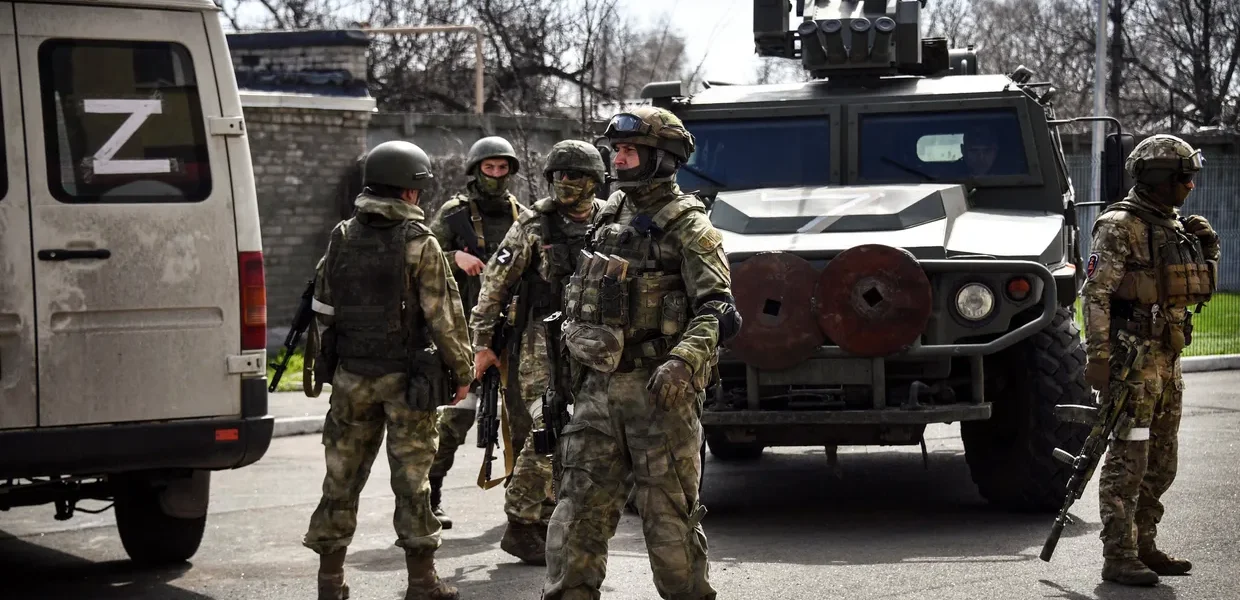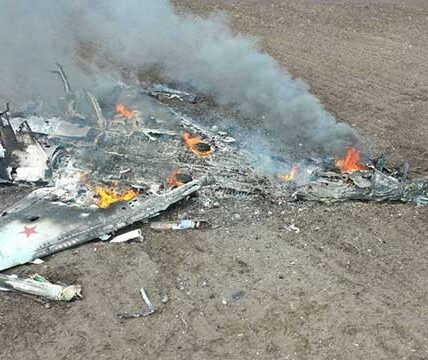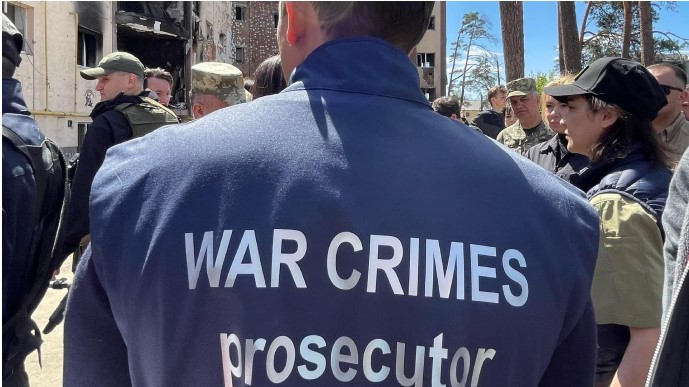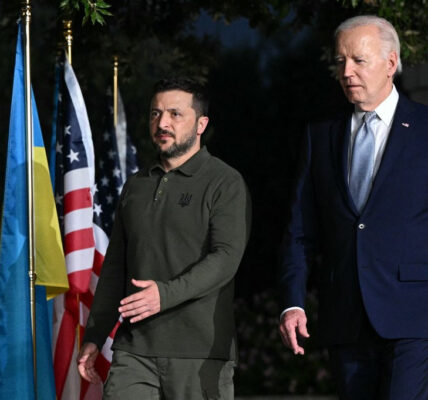Estimates suggest 16,000 Russian soldiers have been killed fighting in Ukraine since April

Up to 16,000 Russian soldiers have been killed in Ukraine since April, new front line casualty estimates have revealed.
The astonishing figures come from a data project carried out by the BBC’s Russia service and independent Russian media outlet Mediazona.
The project only records deaths it has been able to identify from official reports, the media and satellite analysis of Russian graveyards, so the numbers are likely to be a conservative estimate of total deaths.
Mediazona said that “as of August 30, we know the names of 66,471 Russian soldiers killed in the war”. Previously, in April, it announced it had found more than 50,000 names of Russians killed.
In June, the British Ministry of Defence estimated that Russia had sustained 70,000 casualties in the two months prior, and predicted that Russia would continue to record an average of 1,000 casualties a day over the coming months due to an increase in Russian pressure across the front line. Casualties are defined as deaths or injuries.
Mediazona said that a 4,600 increase in deaths over the last four weeks was not linked to Ukraine’s Kursk incursion or Russia’s advance in the east, as researchers were still working though a backlog of death reports.
Meanwhile, the Kremlin has been forced to arm a band of local volunteers to help stop the advance of the Ukrainian army further into Russian territory.
Members of the so-called “Bars-Kursk” will be given weapons and training, before being deployed on six-month contracts to enforce law and order in areas abandoned during Kyiv’s cross-border raid.
Britain’s Ministry of Defence said the move was likely an attempt by Russia to bolster its forces in the southern border region of Kursk after almost four weeks of fighting.
Ukraine has captured almost 1,300 sq km of Russian territory since launching the incursion on August 6th, capturing hundreds of prisoners of war in the process.
Its advances have slowed in recent weeks after Russian reinforcements were poured into the area to stabilise the front lines.
But Russian military bloggers have acknowledged that Kyiv still has the upper hand and is making gains, despite the arrivals of reserves from Russian-controlled areas of Ukraine.
Alexey Smirnov, Kursk’s acting governor, said of the new volunteer militia: “The fighters will act in close cooperation with the army and the counter-terrorist operation headquarters.”
Its volunteers have been promised they will only serve in the Kursk region, a pledge that is likely an attempt to alleviate fears from potential new recruits that they could be sent to Ukraine.
Russia has over 30 Bars – the combat army reserve of the country – that serve as a cadre of active reservists with a high level of readiness.
In an intelligence update on Friday, the MoD wrote: “The creation of the Bars-Kursk volunteers unit is almost certainly a Russian response to the Ukrainian incursion into the Russian Kursk Oblast, which began on August 6, 2024.
“It is unlikely that the volunteer unit will be set up and able to support any Russian military activity in Kursk over the next month. Although it is likely attempting to build its forces in Kursk, Russia is currently prioritising the Pokrovsk axis in eastern Ukraine.”
Russia is also pulling 100 officers from its Bear Brigade group of mercenaries from Burkina Faso to support its war efforts in Ukraine.
The group’s official Telegram said the soldiers would return home to join the fight against Ukraine’s incursion into the Kursk region.
“When the enemy arrives on our Russian territory, all Russian soldiers forget about internal problems and unite against a common enemy,” Bears Brigade commander Viktor Yermolaev told Le Monde, the French newspaper.

Oleksandr Syrskyi, Ukraine’s commander-in-chief, said earlier this week that Russia had redeployed 30,000 troops to Kursk in response to the incursion.
Russian military bloggers have sounded the alarm over a fresh build-up of Ukrainian troops in Sumy, the Ukrainian region near to Kursk.
Rybar, a Telegram channel with more than one million followers, wrote: “The enemy is introducing troops into the territory of the Russian Federation as reinforcement units, and large concentrations of personnel are being recorded in the adjacent territory of Sumy Oblast.”
It follows Moscow’s defence ministry earlier this month announcing plans to create a new grouping of troops in its frontier regions of Belgorod, Kursk and Bryansk, which border Ukraine.
The Kremlin continues to display caution over the Ukrainian incursion, which is the first foreign invasion on Russian soil since the Second World War.

































































































































































































































































































